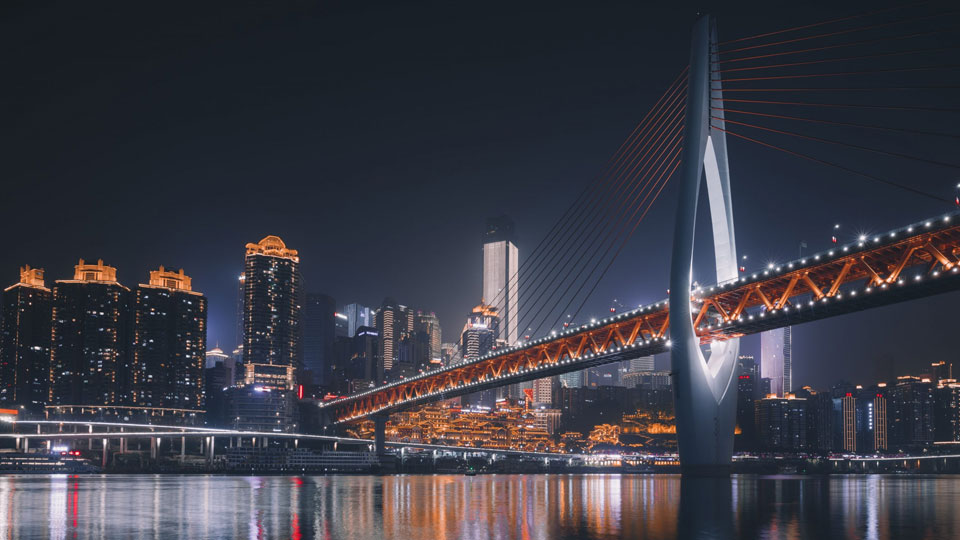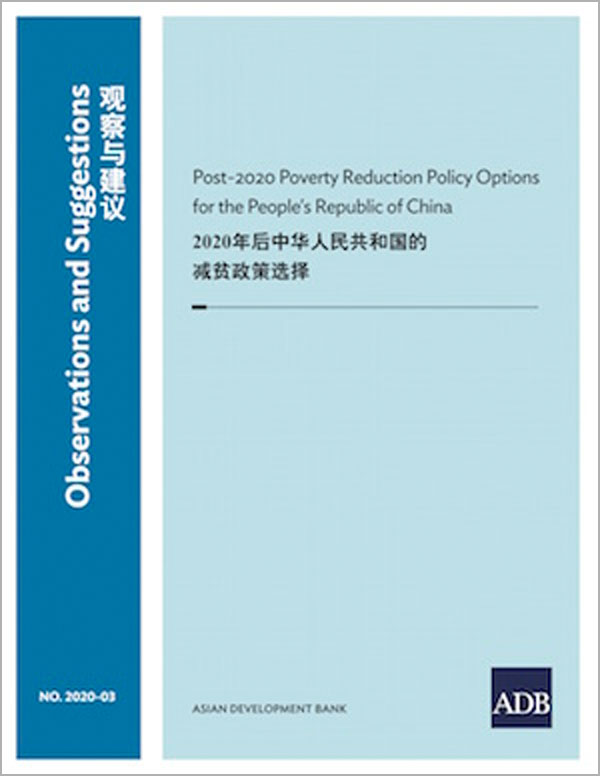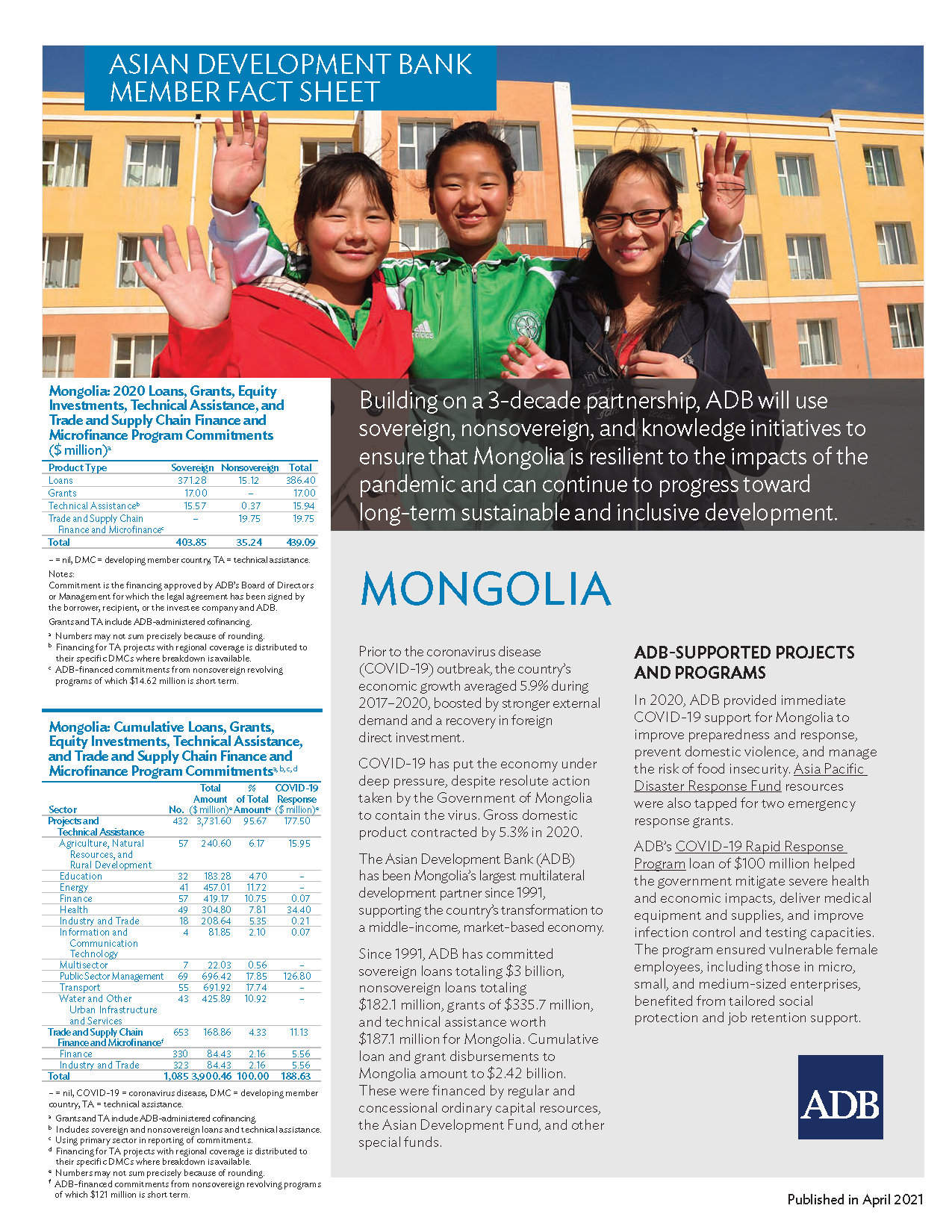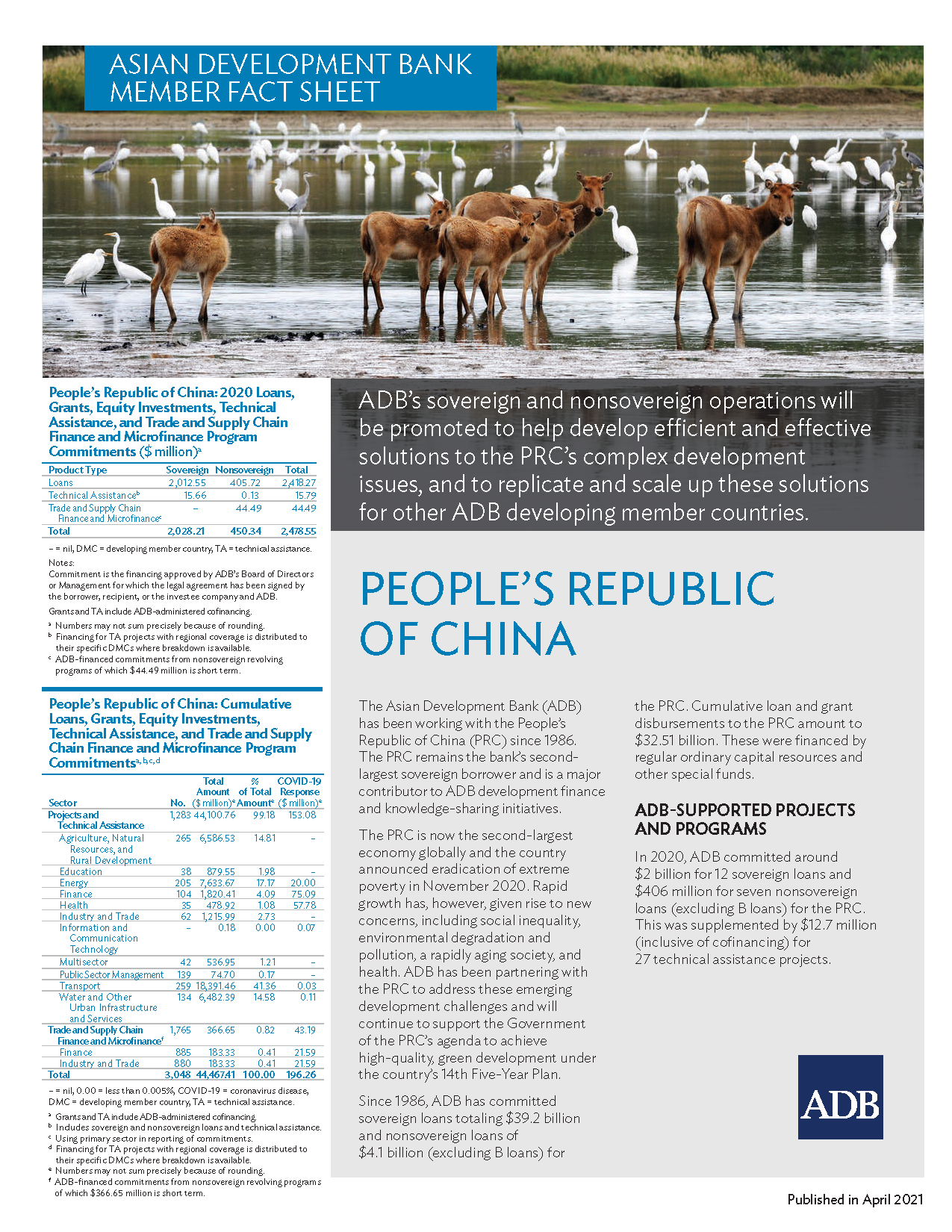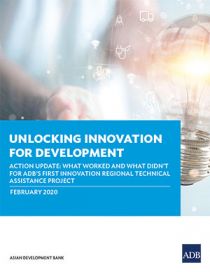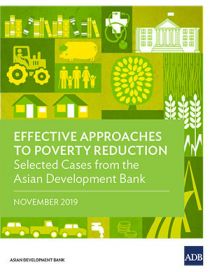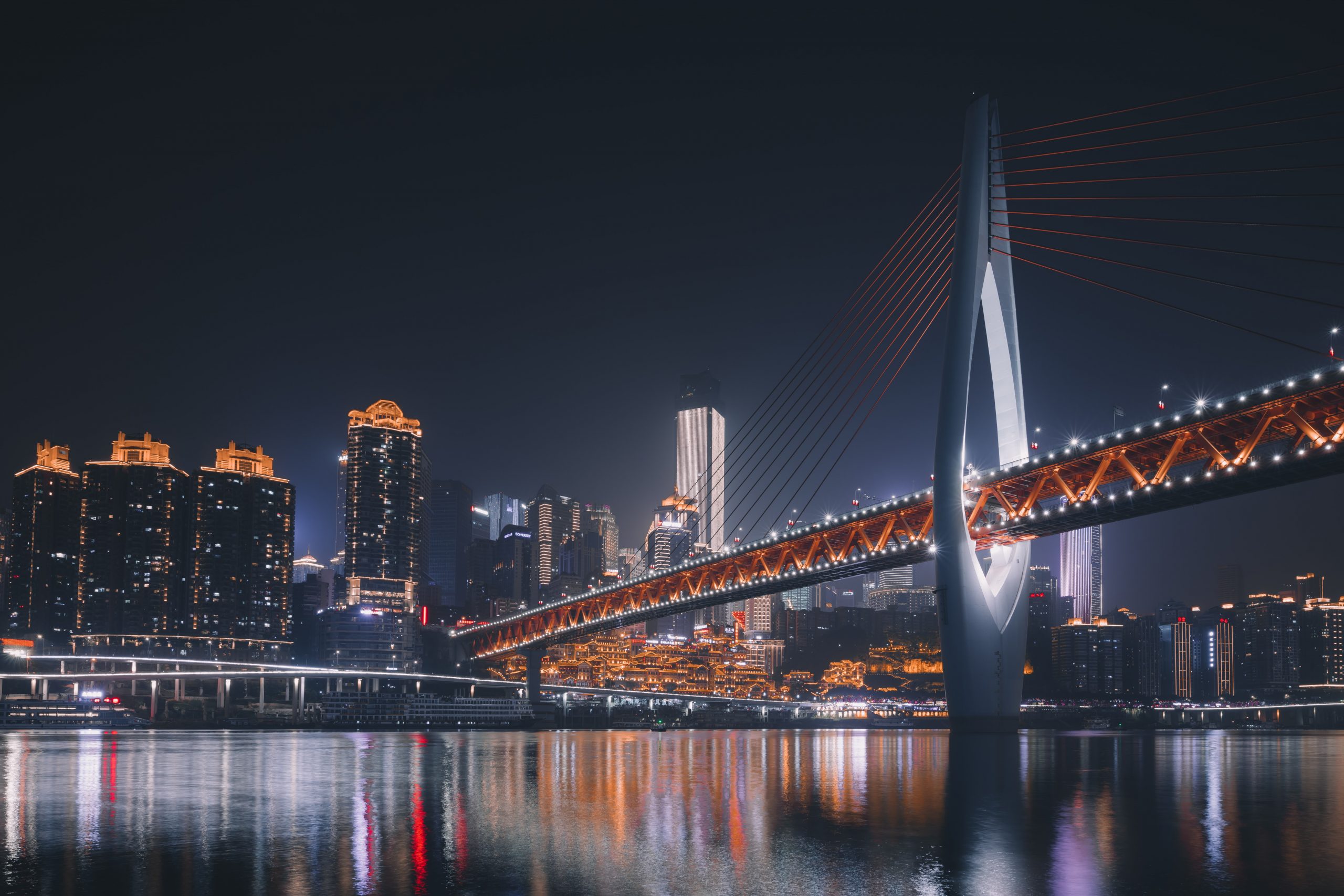
The 14th five-year economic Plan presents a unique opportunity to transition toward high-quality development by addressing the social and environmental challenges that have emerged after decades of rapid growth.
Five-year plans have been instrumental in the socioeconomic transformation of the People’s Republic of China. Carefully designed as planning blueprints, each plan guides policy making for half a decade.
While the country’s greatest development achievements are associated with the successful process of reform launched in 1978, economic modernization started in the early 1950s. It was triggered by the First Plan (1953-1957), which established the industrial base that set the country on the path to development.
Improved connectivity was also key, and the First Plan fostered the construction of railways across the country. On a smaller scale, but with great impact on people’s daily life, the number of bicycles increased from 80 million to 1.2 billion in five years. While this achievement might appear simple at first sight, bicycles meant a lot to families. The greater mobility they brought about facilitated access to jobs, health care, and education, among other public services.
Plans are dynamic and change over time. Their focus is shaped by development milestones and emerging challenges. For instance, the most recent plans unleashed a decade of far-reaching structural reforms to promote sustainable inclusive growth.
The 12th Plan (2011-2015) paved the way for a consumption-oriented growth model where innovation-driven industrial policies gained prominence. The 13th Plan (2016-2020) introduced a second wave of market reforms and launched the concept of the ecological civilization, a green revolution backed by ambitious targets for environmental protection and climate change.
And this brings us to the 14th Plan, with high-quality and green development at its core. By emphasizing the importance of inclusive sustainable growth and a more sophisticated concept of personal well-being, the new plan is poised to be the most people-centered of all the plans to date. Having achieved upper-middle income status and eradicated extreme poverty, the People’s Republic of China can now place people’s well-being at the center of policymaking.
The 14th Plan presents a unique opportunity to transition toward high-quality development by addressing the social and environmental challenges that have emerged after decades of rapid growth. This transition requires greater efforts to deepen social inclusion and strengthen the environmental sustainability of the development model. The magnitude of the environmental challenges and the impacts of climate change imply that high-quality development under the 14th Plan must be green.
The country’s transition to a development model that emphasizes environmental sustainability and personal well-being, requires new steps in ongoing institutional reform. New policies and institutions could yield dramatic advances in the quality and sustainability of development.
Progress on institutional advancement is vital at the local level and in less-developed regions, where most of the efforts to support high-quality development will be delivered. New initiatives and policy actions to foster social inclusion and promote green development are a must to achieve the ambitious objectives laid down in the 14th Plan.
Tackling income inequality, a key objective of the 14th Plan, is critical to strengthen social inclusion. Rural areas suffer from limited access to public services including education, job opportunities, and health care. Narrowing the inequality gap requires actions to reduce the disparities in the environmental, social, and economic conditions to close the rural-urban divide.
Actions are also needed to mitigate the impact of the country’s rapid population aging, which is aggravated by the exodus to urban areas that leaves the most vulnerable behind. Income redistribution policies, including a more progressive taxation system, and strengthened social protection can ensure more inclusive growth for higher quality development during the new plan.
The 14th Plan builds on the remarkable environmental achievements of the previous plan and takes the country’s commitment to new heights by aligning its objectives with the government’s pledge to peak emissions by 2030 and reach carbon neutrality by 2060.
These ambitious goals require innovative approaches to accelerate low carbon development, including the circular economy, smart infrastructure, and state-of-the-art clean energy interventions. Greater strides in green and blue finance will be instrumental to manage plastic waste for the sake of the ocean’s health, an area where the country can lead in the delivery of a vital public good to the world.
ADB will be doing its part to support the key priorities of the 14th Plan, particularly in the area of high-quality, green development. This includes promoting environmentally sustainable development and climate change adaptation and mitigation initiatives, as well as addressing other critical issues, such as an aging society and health security.
The 14th Plan can yield dramatic advances in the quality and sustainability of development in the People’s Republic of China. Given the country’s size, carbon footprint, and growing regional and global role, the plan’s success will resonate in the country and across the region and the world.
Authors

Yolanda Fernandez Lommen
Country Director, PRC Resident Mission, ADB

Marzia Mongiorgi Lorenzo
Principal Country Specialist, PRC Resident Mission, ADB
This blog is reproduced from Asian Development Blog.

